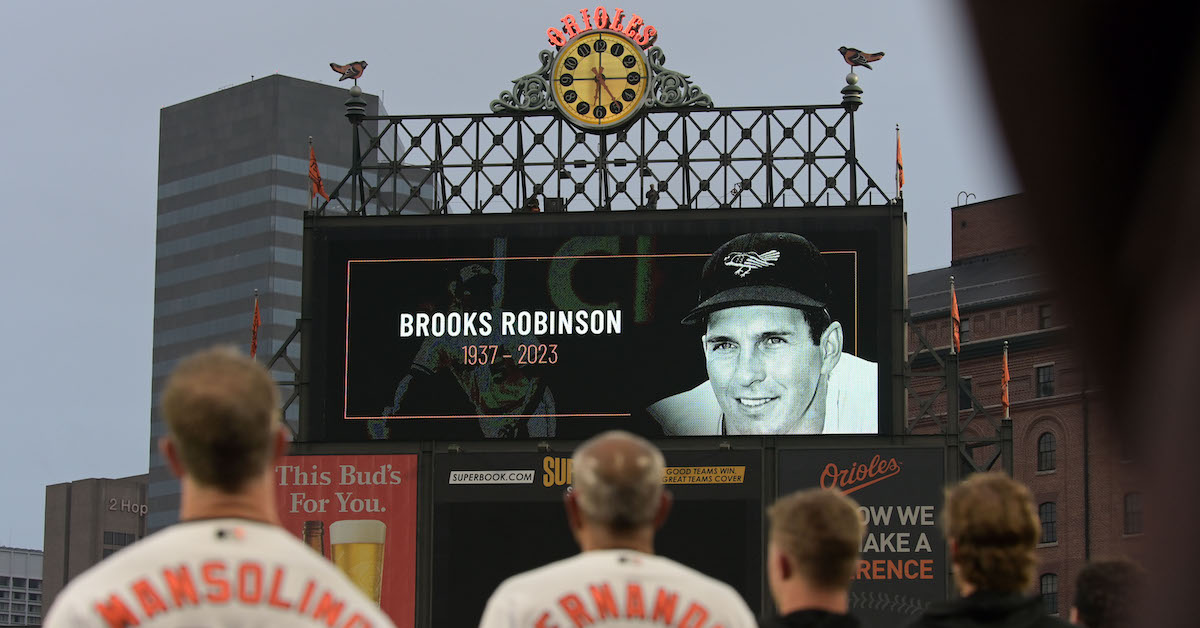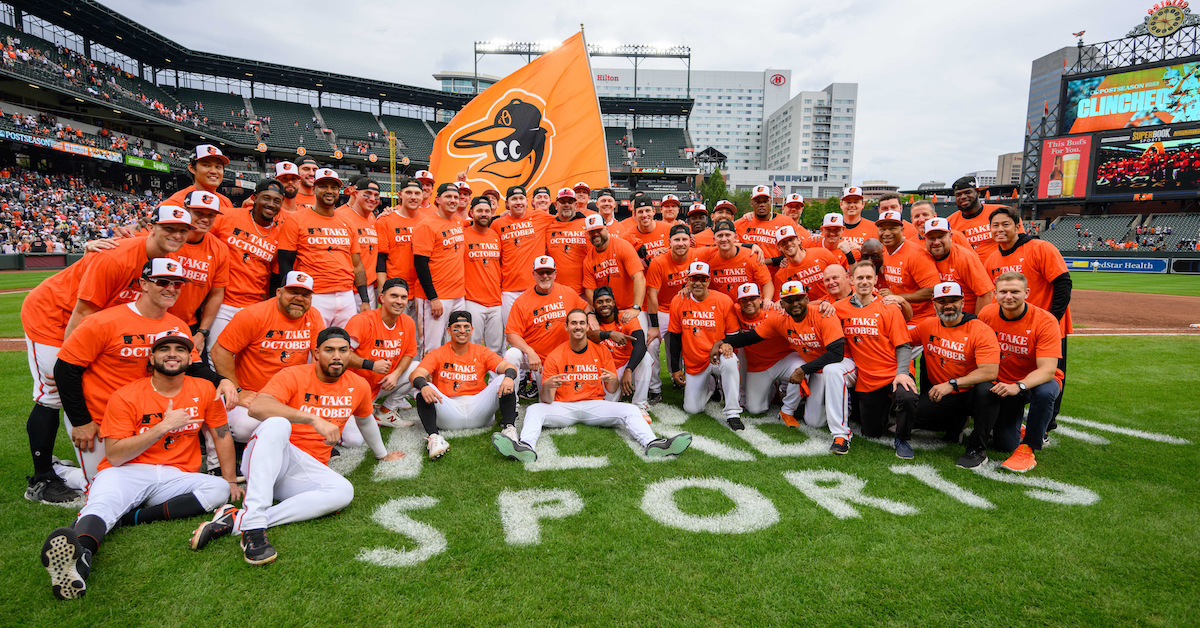Rangers Sweep Orioles with 7-1 Game 3 Romp

The biggest at-bat of Tuesday’s Orioles-Rangers game didn’t happen. Corey Seager stepped to the plate in the bottom of the second inning with Texas ahead 1-0 and Dean Kremer already laboring. Seager was the last person the O’s wanted to see at the plate. That run already on the board? It came courtesy of a Seager solo shot in the first inning, and there were runners on second and third with two outs. Brandon Hyde decided discretion was the better part of valor and extended four fingers for an intentional walk – a plate appearance instead of an at-bat, you see. That’s the last time the Orioles were really in the game.
Mitch Garver, whose spot in the lineup Bruce Bochy jokingly attributed to a personal rule – “if you hit a grand slam, you’re in there the next day” – was due up next. He pulled a changeup down the left field line – I’m not a pitching coach, but uh, don’t throw a right-right changeup when it’s the fourth pitch in your arsenal – and drove two runs home. Adolis García came up next and got behind 1-2, but then he got a fastball he could handle and didn’t miss. He demolished it to left, the ball disappearing impossibly fast. It was 6-0 Rangers. Thanks for playing, Baltimore, and better luck next year. Read the rest of this entry »








